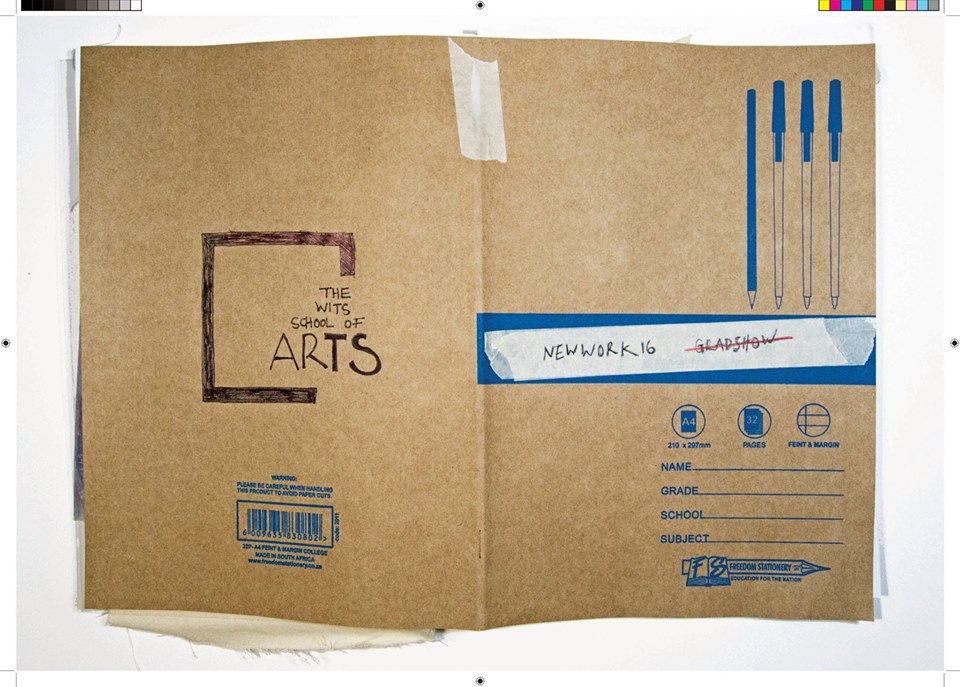In conversation with Reshma Chhiba, the exhibitions coordinator at the student-run space The Point of Order, she mentioned the above quote as a question that has often been addressed by the final year fine art students at the Wits School of Arts. NEWWORK is the graduate show and has been running for 6 years. “The idea of Newwork is that it’s one of those open platforms where one is able to do anything really in relation to the notion of exhibitions. For now it has been pretty standard. We’ve always had the use of the WAM [Wits Art Museum] basement as the space that one shows in and then over the years people have decided to use their studio spaces or other spaces just as an add on to what they have done previously. So essentially WAM’s basement would be used to house one single work by every single student from the graduating class,” explained Reshma. This year, given Fees Must Fall, the gradshow was about looking at the project of the decolonial and thinking about how we engage spaces that are seen to be traditional spaces for seeing and displaying art. The students chose to display their work at multiple spaces in the city including The Point of Order, Wits School of Arts, Wits Art House, the Art House Windows, Solomon Mahlangu House, Anstey’s studios and Nothing Gets Organized. WAM was not used as a space to display work but rather used as a space to play a documentary video of each artist contextualizing their work, and later in the week, recordings of the three openings that took place from the 1st to 3rd of December were played.
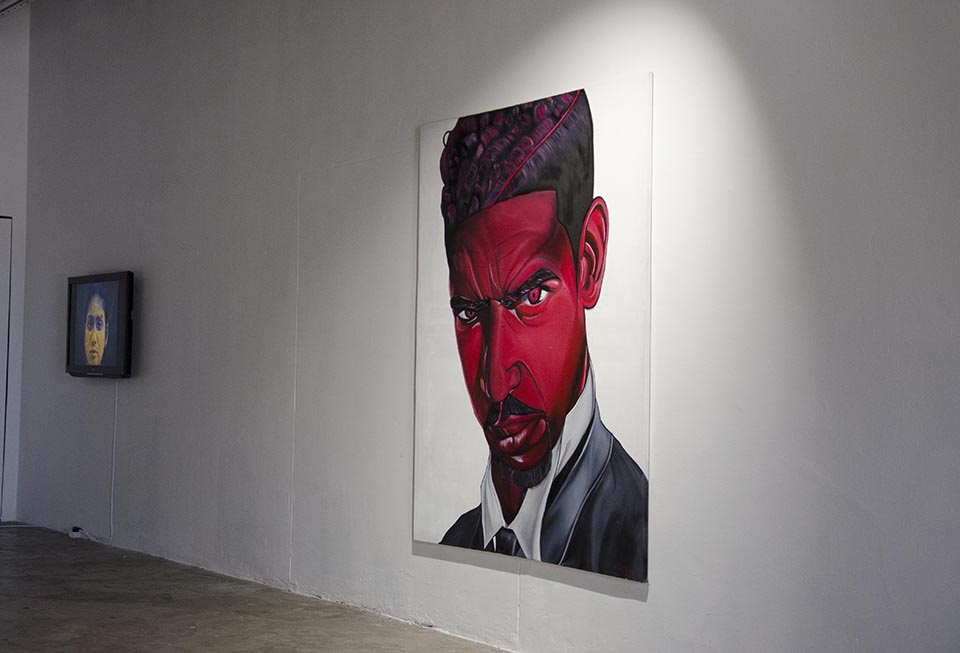
Their entire gradshow from the 1st to the 8th of December tries to dismantle the traditional idea of a gradshow through de-centralizing where works were displayed and performed. “A Gradshow is about a celebration, so in crossing out the word Gradshow, it really became about a non-Gradshow, but a moment to show their work and to think about how to engage with space differently,” explained Reshma. This crossing out of the word gradshow can be seen on the catalogue they put together collectively. In setting up a new kind of gradshow and this crossing out spoke to tensions on campus and the discomfort and uncertainty around having a gradshow considering the student protests and violence through state-sanctioned police on campus, as well as directly engaging with ideas around decolonization. Through displaying and performing their work at multiple venues, including spaces not thought of as exhibition spaces, they were asking questions about how art should be looked at and enacting a form of decolonization of exhibitionary practice. The exclusion of captions or rationales pasted next to each work, the displaying of works outside of the Wits Art Museum, performances taking place on the street, and video works being played outside the Art House walls demonstrate their conscious interrogation of how a gradshow is understood to be put together.
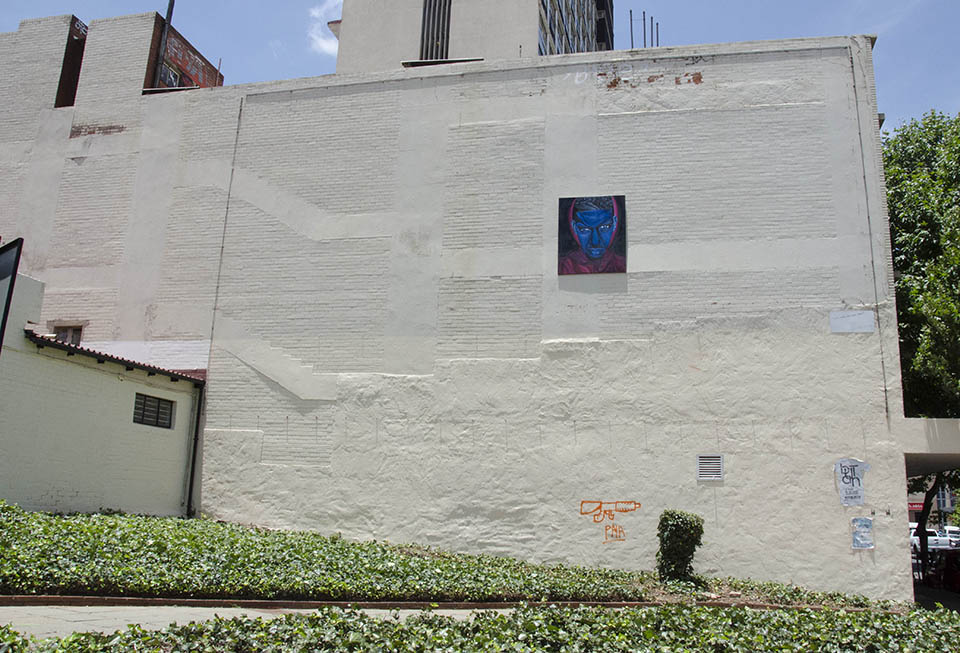
Each student has been working through specific themes throughout the year, and so each space activated by the gradshow provides a different experience for viewers. Themes such as cleansing, anxiety, Coloured identity, institutionalized whiteness, erasure, anxiety, the archive, the Black body as well as space are explored by the artists on display.
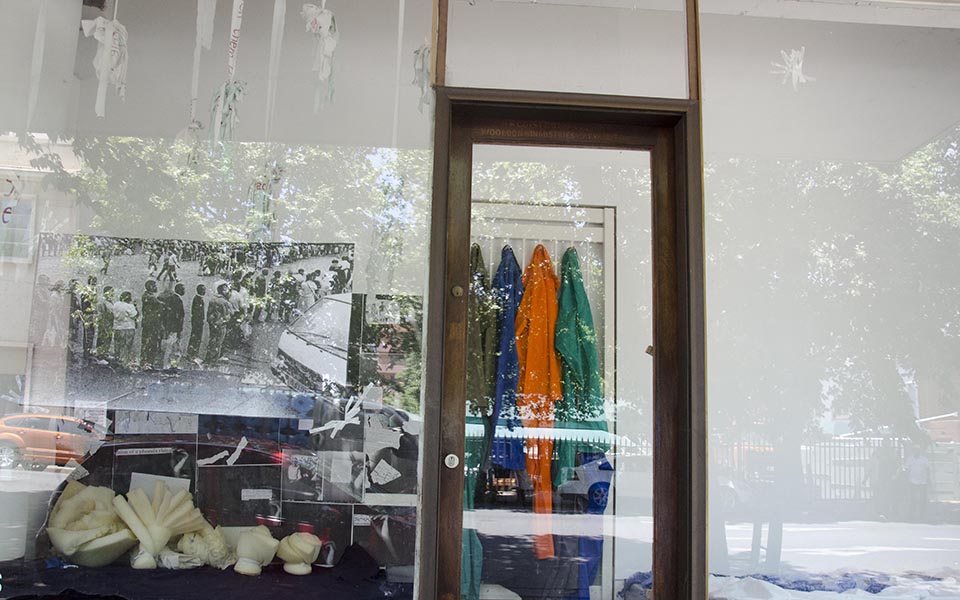
While each artist has been working on specific themes within their individual artistic practice, they worked collaboratively on a catalogue. Breaking away from the traditional layout of a catalogue where each artist is assigned a page which displays their name, work and artist statement, this catalogue comes across as an extension of their works as well as a collective artwork in itself. This refusal to create a slick, glossy catalogue was also a reflection of what has been happening at Wits and visually presenting a sense of urgency we find ourselves in. An exercise book was layered with quotes, sketches, research materials and images of works mixed together and then photographed. The end result being a book which is a photograph of a book. This catalogue is presented as a combined visual diary of their research processes as well as invoking the question around education through the use of an exercise book.
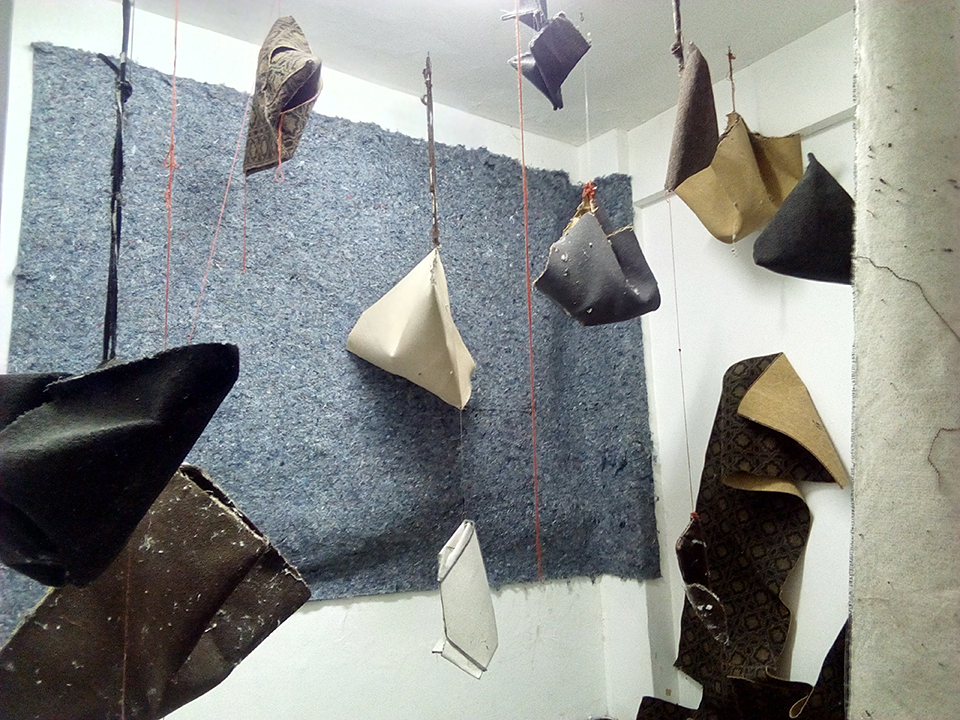
Featured artists:
Alexander Appolis ,Gemma Siobhan Hart, Maren Mia Du Plessis, CandiceTaljaard, Yaeli-Mia Bartels, Vivien van Teijlingen, Colleen Greeff, Amber. C. Wessels, Lemishka Moodley, Jessica Janse Van Rensburg, Tsepiso Lekganyane, Nadia Myburgh, Siyanda Marrengane, Marc-Anthony Madella, Refiloe Namise, Gabriel Hope, Tsholofelo Tshegofatso Seleke and Simone Opperman.
